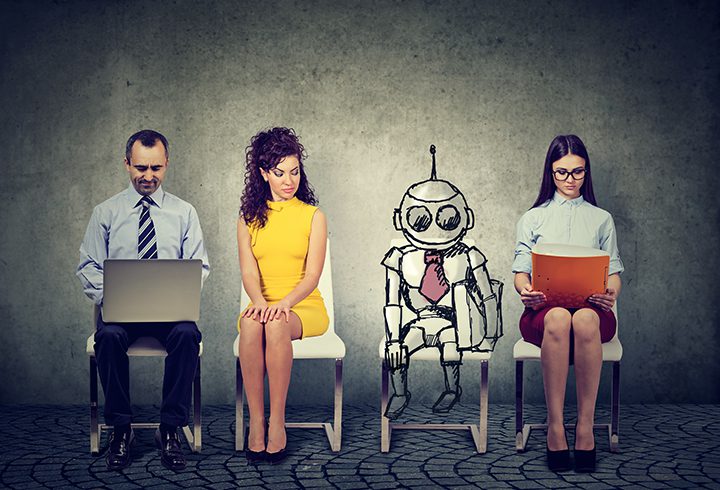
Several professionals and companies across the globe today have understood that the adoption of smart technology like Artificial Intelligence (AI) is actively changing workplaces. There are many applications of AI throughout nearly every profession and industry, and human resources careers are no exception.
A recent survey conducted by Oracle and Future Workplace found that human resources professionals believe AI in HR, can present opportunities for mastering new skills and acquiring more free time, offering human resource management professionals to expand their current roles in order to be more strategic within their firms. Among HR leaders who participated in the survey, however, 81 percent said that they find it challenging to keep up with the gradual changes of technological changes at work.
In this article let’s explore what artificial intelligence entails, and it’s applications to the world of human resources.
Automating the repetitive tasks
Several business activities usually consist of repetitive tasks,the human resource management and project resource management department is no exception. By using AI in HR applications, one can automate most of those repetitive works, giving the organization to save time and resources.
Artificial Intelligence is better than other machines because it is capable of taking intelligent decisions, which they can’t. For instance, one can use it to automate the management of employee benefits. Or, one can use it to handle the general queries of the team. Another excellent example of automation with AI is during the onboarding of a new employee. HR professionals don’t have to worry about provisioning a device, allocating the space and other relevant tasks when there is already a solution that can work it out.
More and better employee experience
Employee experience is necessary for their engagement. A company where the employees aren’t engaged is open to several costly risks. For instance, it costs a firm around USD 4,000 (in the US) to recruit new talent and an additional USD 1,000 for onboarding. Firms with higher employee engagement have a 21 percent higher profitability. That’s a considerable difference. Due to these reasons and many others, companies try multiple methods to advance like using machine learning in their employees’ experience.
Adoption of Chatbots
More and more businesses are adopting the AI-powered chatbots for numerous tasks. The AI in human resources, chatbots can be used to answer online queries, thus offering the HR professionals more time to focus on other essential jobs. Chatbots with this technology can also be used to support contact with potential job candidates and help augment internal operations.
Chatbots can perform short interviews with prospective candidates and come up with ways of enhancing the team performance. As artificial intelligence becomes more sophisticated, in the coming future one can expect chatbots to become even more capable of handling numerous tasks to save human beings time and also to create more efficient systems.
Data Aggregation
In the current world it is very tough for the HR professionals to simply look at resumes and conduct interviews. They also demand to scour the internet to see what candidates’ social media profiles are like and whether any red flags are being raised.
With AI-powered data aggregation in human resources, it is simple and quick to automatically scan through the endless repositories on social media platforms and other internet sites. Many firms like eBay and IBM already use this tech to scrape through countless sources and collect data about potential job candidates and analyze the experience and market value of each.
Employee Referrals
AI is also enabling human resources departments to better understand employee referrals. By analyzing the types of employees that are being referred and gaining insights into which ones are successful at being accepted for new roles, it is easier and quicker to ensure the best referrals are hired. AI tools can also analyze data from previous referrals and identify candidates who are similar to successful employees, too.
Learning and Development
The future of learning and development is sure to be fueled by these technological advancements over the coming years. With technology that uses artificial intelligence and machine learning, employee training and development will become more agile to meet employees’ individual requirements. Learning will become more personalized, taking a wide range of things into account, such as an individual worker’s existing skills and future goals and proactively addressing any skill gaps. Content matching and recommendations can then be based on the relevancy of individual employee requirements.
